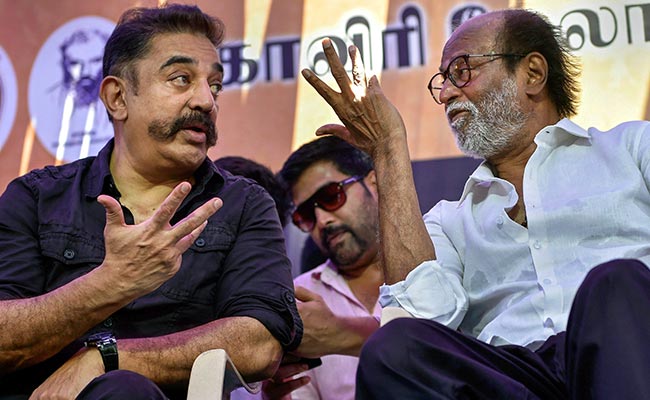 Maha Shivaratri is a Hindu festival. The word ‘Shiva’ signifies the auspicious. Lord Shiva is the base of knowledge and intellect. Lord Shiva listen the prayer of all humanbeing; there is no bar of caste like Brahmin and others. According to “Shiva Puran” lord Shiva is on the apex of Prakruti (nature) and Purusha (cosmic being). Vedanta described that worshiping to lord Shiva is a great adulation. Shiva Puja is celebrated before the birth of Jesus Christ. As per Hindu Mythology, Lord Sri Ram worshiped to Lord Shiva on his way to Lanka.
Maha Shivaratri is a Hindu festival. The word ‘Shiva’ signifies the auspicious. Lord Shiva is the base of knowledge and intellect. Lord Shiva listen the prayer of all humanbeing; there is no bar of caste like Brahmin and others. According to “Shiva Puran” lord Shiva is on the apex of Prakruti (nature) and Purusha (cosmic being). Vedanta described that worshiping to lord Shiva is a great adulation. Shiva Puja is celebrated before the birth of Jesus Christ. As per Hindu Mythology, Lord Sri Ram worshiped to Lord Shiva on his way to Lanka. What is Shiva?
The meaning of Shiva is ‘auspicious one’. The Mantra (or spiritual utterance) of Shiva is ‘Namah Shivaya’; which has a vital meaning. ‘Na’ means Earth and Brahma; ‘Mah’ means Vishnu; ‘Shi’ means Fire and Rudra; ‘Va’ means Air and Maheswara; ‘Ya’ means Sky, Sada Shiva and Life.
 |
| Meaning of Shiva Linga |
The Trishul (a weapon) symbolizes destruction of Satwa, Raja and Tama. Damburu (a small two headed drum) is the symbol of first sound of universe – ‘Oum’. The triple white lines on Shiva’s forehead symbolize to control violence, complexity and illusion in life. The presence of moon on His head signifies ‘to be abstinent’. The serpent (snake) on Shiva’ neck symbolizes to intellect & uniformity. Lord Shiva is worshiping in the form of ‘Linga’ due to the desecrate of Prasuti, wife of king Dakhsa,
Shiva Linga is mainly divided into three parts; lower part as Brahma’s place, middle part as Vishnu’s place and upper part as Shiva’s place. There are total twelve Jyotirlingas and five Panchabhuta lingas in ancient India. Shiva Linga is the symbol of power. The most auspicious days to worship are; every Monday, 14th day of every month and Maha Shivaratri.
Maha Shivaratri: As per Hindu mythological myths
As per Mahabharat’s ‘Shanti Parv’, Pitamah Bhisma enlightened the significance of Maha Shivaratri, while lying on the bed of arrows. He told the story of King Chitrabhanu of Iqhuaku dynasty, who used to worship Lord Shiva on Maha Shivaratri. Chitrabhanu was the king of Jambu Island. Once upon a time, the Queen or Chitrabhanu’s wife worshiping to Lord Shiva on Maha Shivaratri day; when Rishi Ashtavakra came and asked the reason of worshiping to Lord Shiva on that day. King Chitrabhanu has a power to remember about his previous birth; so he said an incident which occurred in his previous birth. Chitrabhanu was a hunter in his previous life. His name was Sumber. One day he went to a deep-forest to hunt, and couldn’t get back before sunset. He was very much bothered about his wife and children and to save his life from wild animals, climbed on a Bael tree (Aegel Marmelos). Whole night he’s weeping and plucking the bael leaves; which unfortunately felled on a Shiva Linga underside. Next morning, on his way to his home, he offered some food to a beggar.
At the last stage of Sumber’s life, two seraphs of Lord Shiva came and took him near to Lord Shiva. Due to his worshiping the Lord Shiva, with bael leaves and tears on Shiva Linga on the auspicious day of Maha Shivaratri, he got this opportunity to reside nearby Lord Shiva. On his next birth, he had born as a King Chitrabhanu. Therefore, to get a bliss or liberation (Nirvan) from life, one should worship to Lord Shiva with full of devotion on Maha Shivaratri.
At the last stage of Sumber’s life, two seraphs of Lord Shiva came and took him near to Lord Shiva. Due to his worshiping the Lord Shiva, with bael leaves and tears on Shiva Linga on the auspicious day of Maha Shivaratri, he got this opportunity to reside nearby Lord Shiva. On his next birth, he had born as a King Chitrabhanu. Therefore, to get a bliss or liberation (Nirvan) from life, one should worship to Lord Shiva with full of devotion on Maha Shivaratri.












